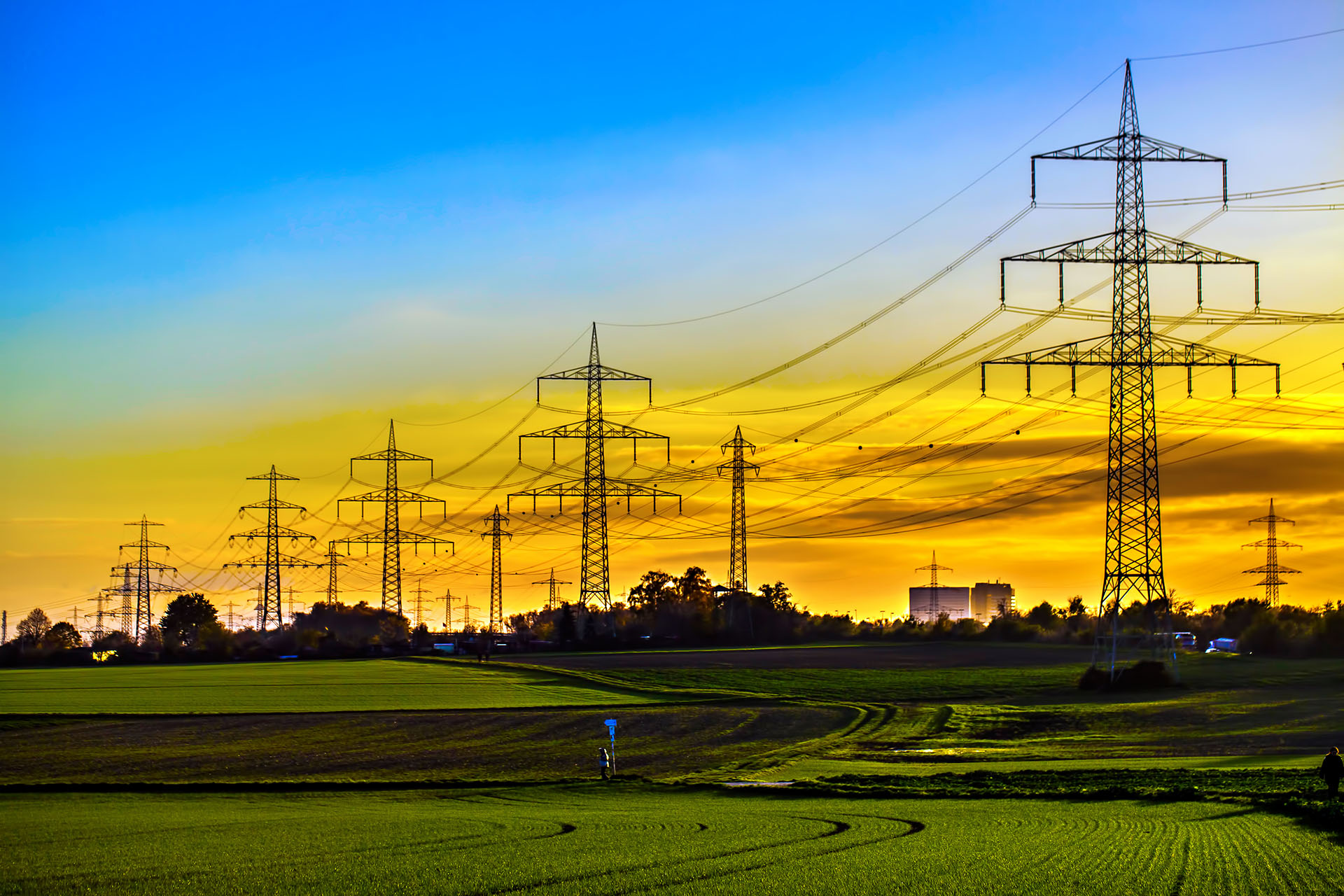
Did you know that energy management services can help you reduce energy consumption on your premisesin The United States of America by 10 to 30%? EMS designs can range from complex to simple-point control devices. An EMS can control HVAC systems, lighting as well as manufacturing process equipment.Homeowners and business owners in America should understand that conservation of energy is a team effort. However, getting everyone to corporate can be hard. Lights are left on in unoccupied rooms, unused equipment continues to run using a lot of electricity or staff members can fail to follow guidelines regarding energy conservation and efficient operation. Wasting energy in such careless ways can cost you a lot of money. EMS can help your operations become more efficient by putting managers in control of energy use. You can measure, monitor and regulate energy use from a single point. A properly installed and well-maintained EMS can help you save up to 30% energy.
How EMS work
An EMS reduces the consumption of energy in buildings by monitoring conditions and controlling equipment that uses electricity. An EMS is versatile and provides energy saving in process operations in facilities. EMS control functions include everything from simple tasks such as stop/start functions to more complex tasks. Facility managers can use EMS to track system operations of a building, do diagnostics and optimize performance hence saving energy and reducing costs of labour. Energy management systems (EMS) can interface with existing controls in a building. An EMS can also take various forms, from a complex system which manages the use of energy in an entire facility to simple single-point control devices. Cross-functional EMS systems provide users with the greatest potential to maximize cost savings.Simple systems include simple actuators that change or switch loads according to signals from local controllers. Sophisticated systems add sensors or monitoring points, modems, field termination panels, and central computers. Centralized controls allow facility engineers to interface with remote equipment to diagnose various problems.
Components
The components of the system may vary by the type of facility and the level of energy control needed. Some of the commonly used energy management components and devices include timers that turn lighting and equipment on and off; small loads are directly switched while large loads are indirectly controlled with relays. We also have the occupancy sensors that detect the presence of people by sensing motion, heat or sound. There are also the programmable thermostats that allow for temperature adjustment in a building according to seasonal changes and operating schedules automatically.
Photocells regulate the levels of light, increasing lights or diming according to the amount of daylight available. When combined with timers, they can be used for programming of outdoor lighting. The program logic controls use sensors to operate process equipment in manufacturing for maximum energy efficiency.
Implementation of an EMS
Energy management services use energy management devices to save energy by planning carefully before installing control devices. They carefully examine your facility; occupancy needs and energy use patterns before installing EMS.







